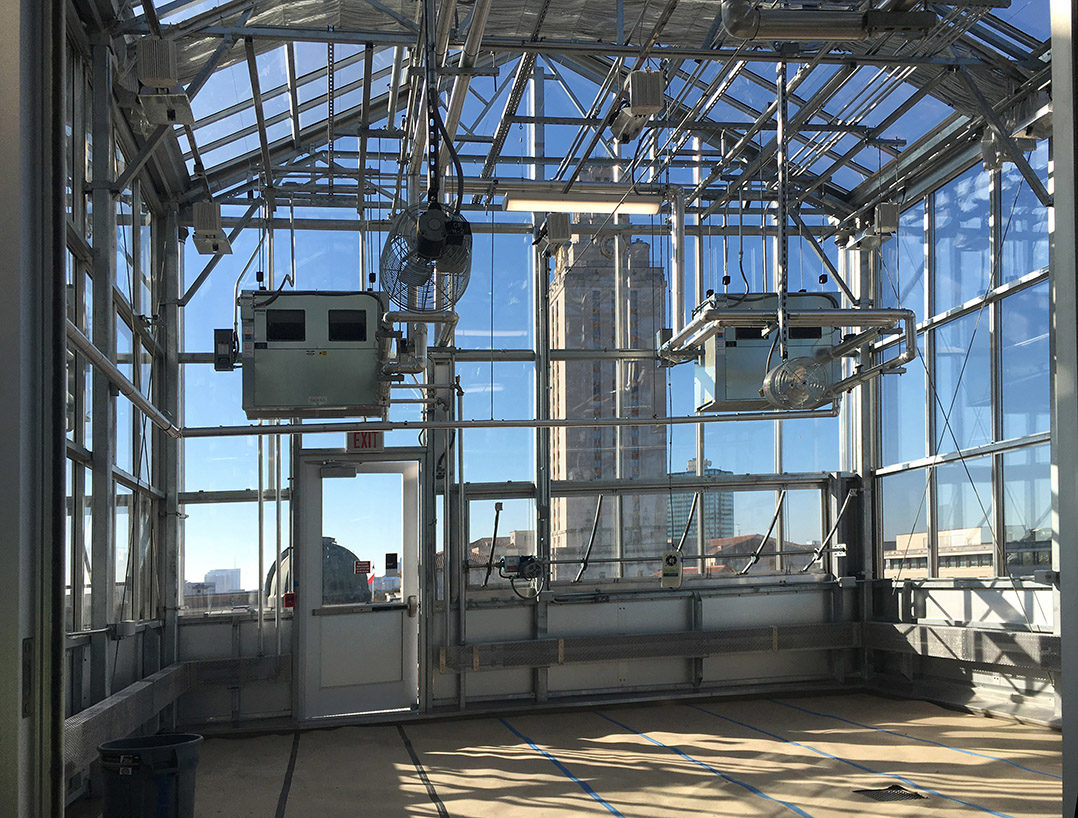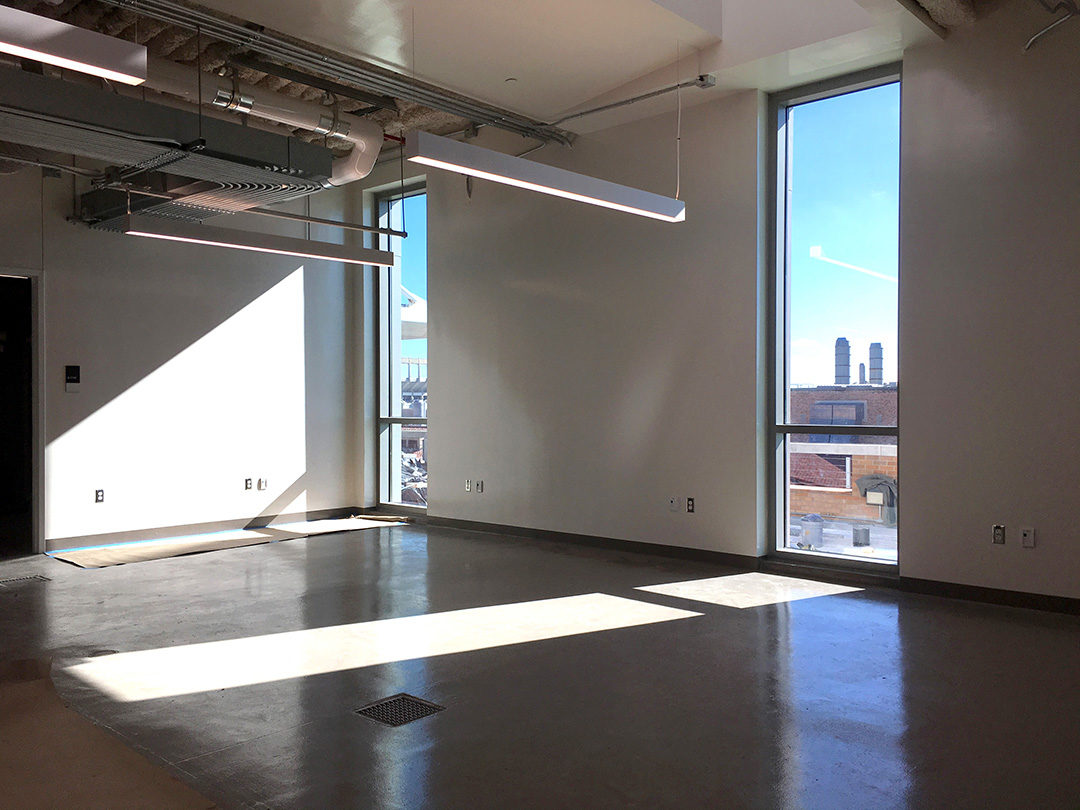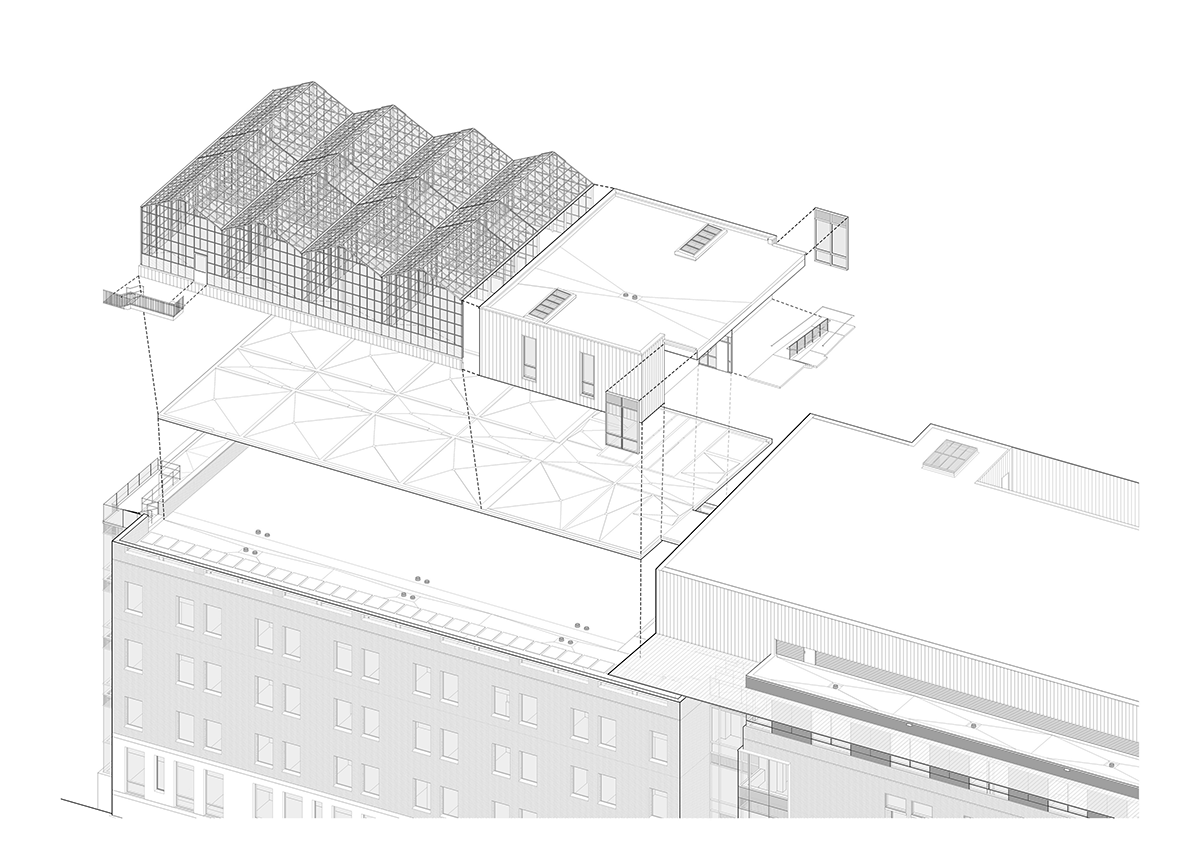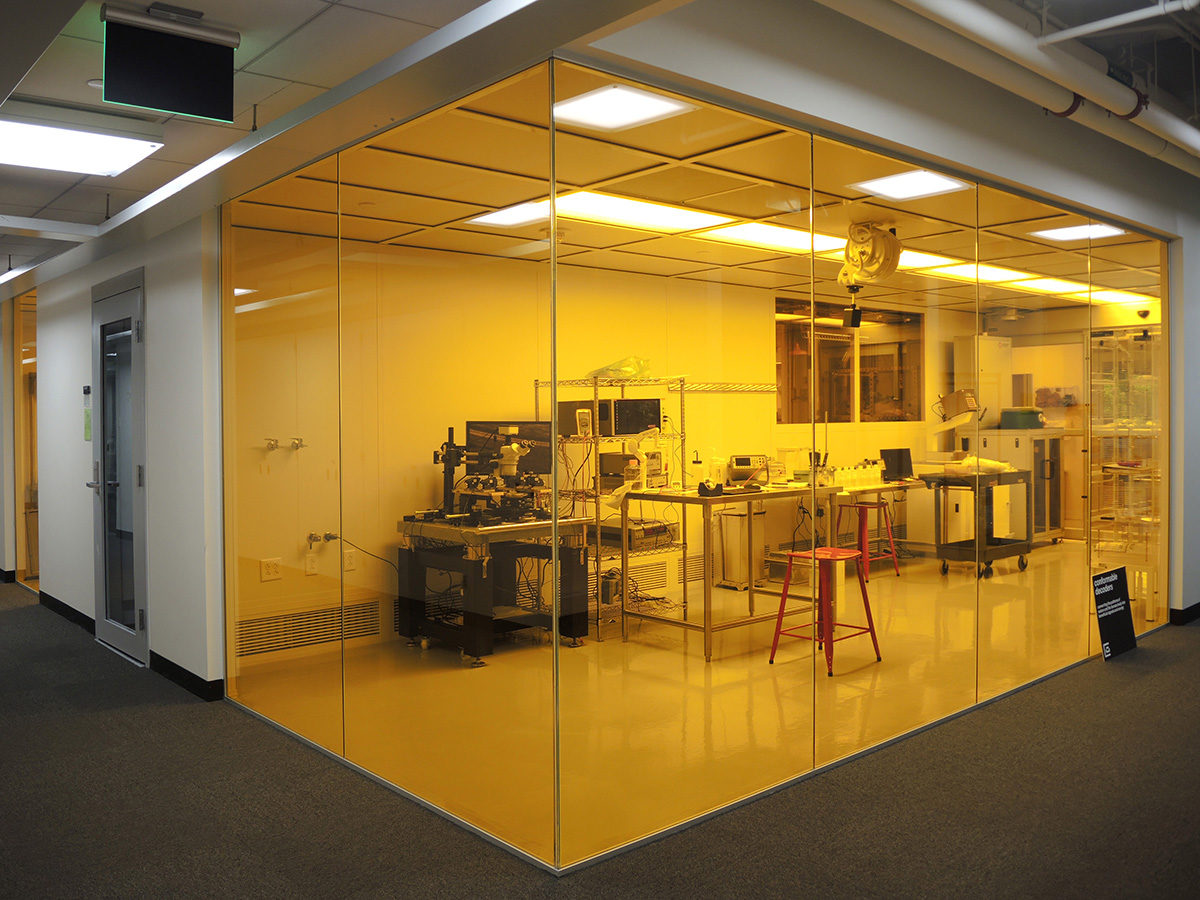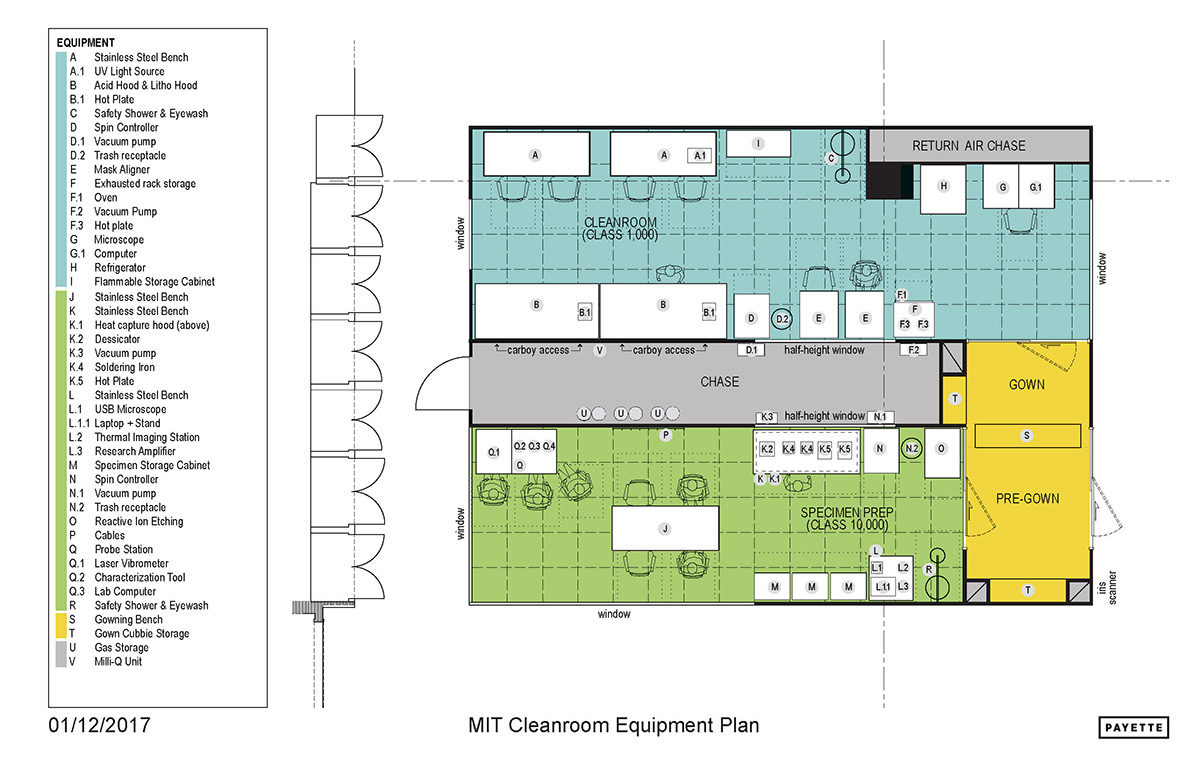Megan Brown recently joined the firm’s ranks of registered architects. Today we celebrate her accomplishments.

Megan joined PAYETTE in 2017, and has worked on the MIT Cleanroom and the UT Austin Greenhouse. She’s about to begin working on the Tower Building renovation for the Massachusetts Department of Public Health. Megan earned her Bachelor of Science in Architecture from the University of Utah in 2014, and her Master of Architecture from the University of Utah in 2016.
What inspires you?
The natural world has always been a source of energy and inspiration for me. In particular, I love the fresh smell of clean mountain air and the feel of stones warmed by the sun. In the built world, I am inspired by the simple beauty of minimalist designs of everyday objects, such as furniture and dishware.
What is the best part of your job?
Seeing a design translate from lines on paper to physical, built space is exciting. During the process of construction, I like getting a feel for the volume of a space as it comes together and it’s a great learning experience to understand which design elements come through the strongest in the completed work. I also really like the opportunity within this practice to study problems at both the macro and micro scales – from overall building parti to specific details and use of materials.
What is the most import thing you’ve learned so far?
A couple things come to mind with this question. 1) All-nighters are never worth it- just get some sleep. 2) Use the delete key. I had a professor tell us this all the time to remind that design should start simple. It’s too easy to complicate or muddy a design with unnecessary fringes. If we are constantly asking “What happens if I delete this?” then we eliminate anything that doesn’t hold to the concept. Architecture still gets complicated so beginning simply is critical.
The sky is the limit: if you could design or redesign anything, what would it be?
I would love to help plan a city with a network of bike paths throughout, connecting major city nodes together and branching into surrounding suburbs. Ideally, the paths would be exclusive for bikers and runners without sharing roads with cars (moving and parked), bus stops, and other dangers to cyclists.


